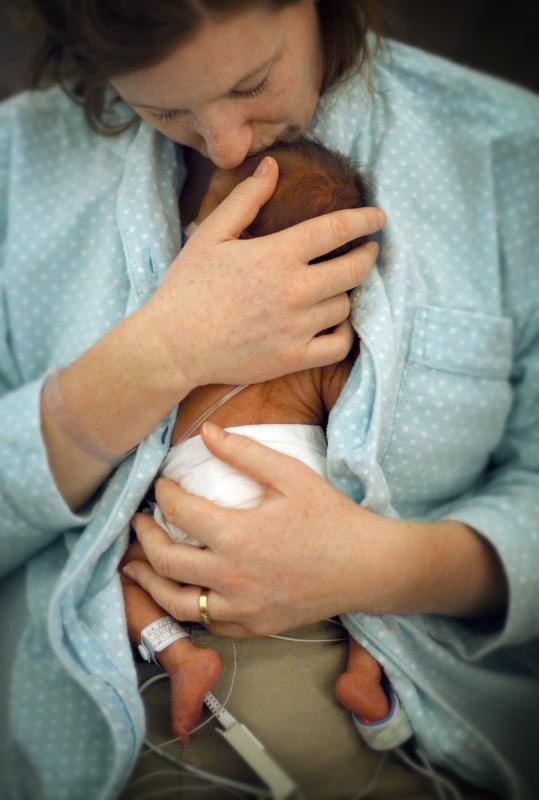
A low socioeconomic status (SES) predisposes women to an increased risk of spontaneous preterm birth (SPTB), independent of their young age or non-Western background, a recent study has shown.
Of the 967,299 pregnant women, 39,170 (4.05 percent) had SPTB. Significant differences in SPTB rates were noted between the three SES groups (4.3 percent low status vs 3.8 percent high status), and these differences were present in all preterm gestational age categories.
SPTB was significantly predicted by low SES compared to middle SES (odds ratio [OR], 1.08, 95 percent confidence interval [CI], 1.05–1.10), even after adjusting for known risk factors (OR, 1.06, 95 percent CI, 1.03–1.09). Furthermore, women living in high SES communities had significantly lower risks of SPTB.
“Efforts should be made by governmental and medical professionals to address this issue and develop intervention programmes to reduce SPTB in low SES communities,” the investigators said.
In this study, data of women with a singleton pregnancy delivering between 2010 and 2016 in the Netherlands were obtained from the National Perinatal Registry. SES was derived from the Netherlands Institute of Social Research using the 4-digit postal code of the women’s home address and was then categorized into low (<25 percent), middle (25–75 percent) and high (>75 percent) status.
The investigators calculated the SPTB rates for three different gestational age categories, namely SPTB <37, <32 and <28 weeks. They also performed logistic regression analysis to determine if SPTB rates differed by SES groups, adjusting for maternal age, parity and ethnicity.